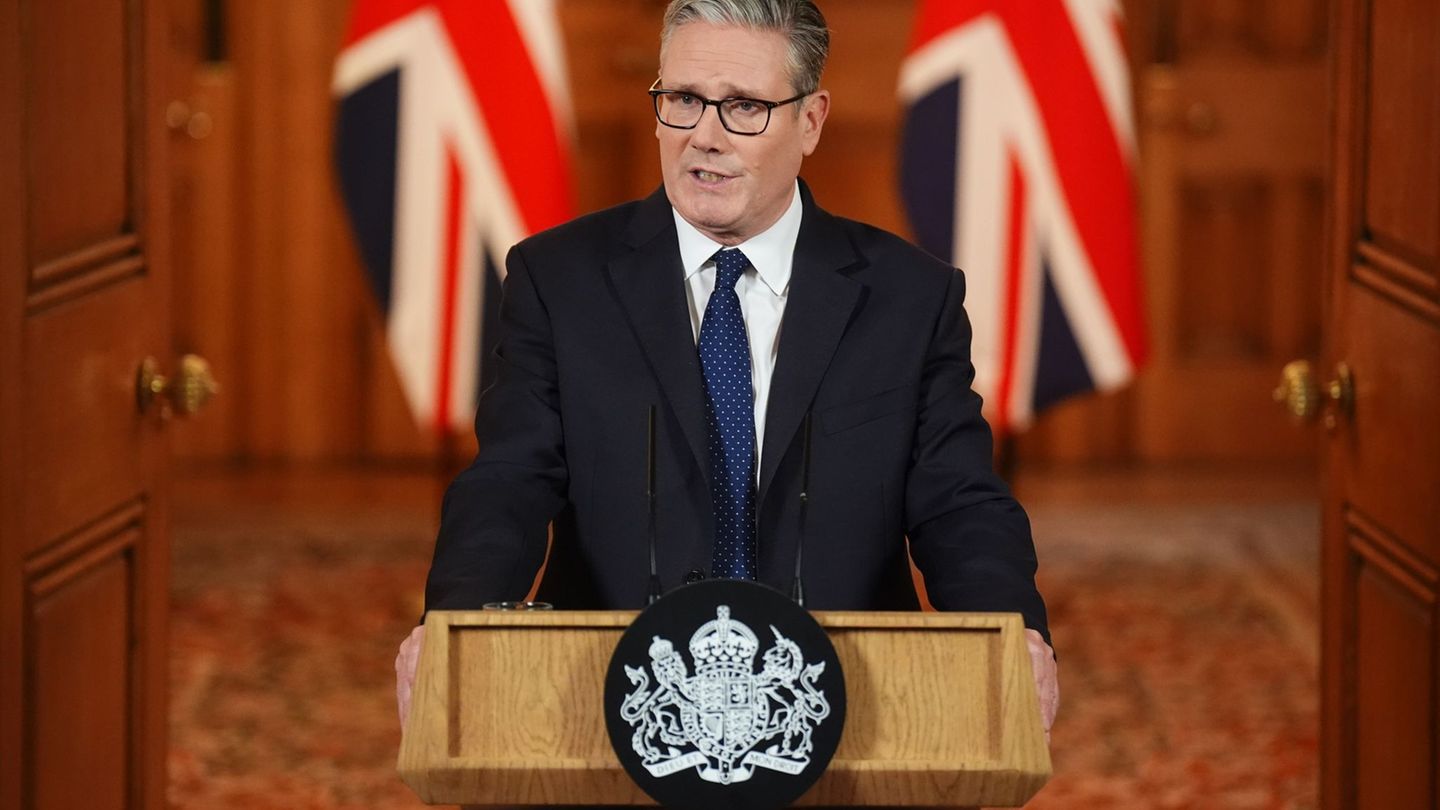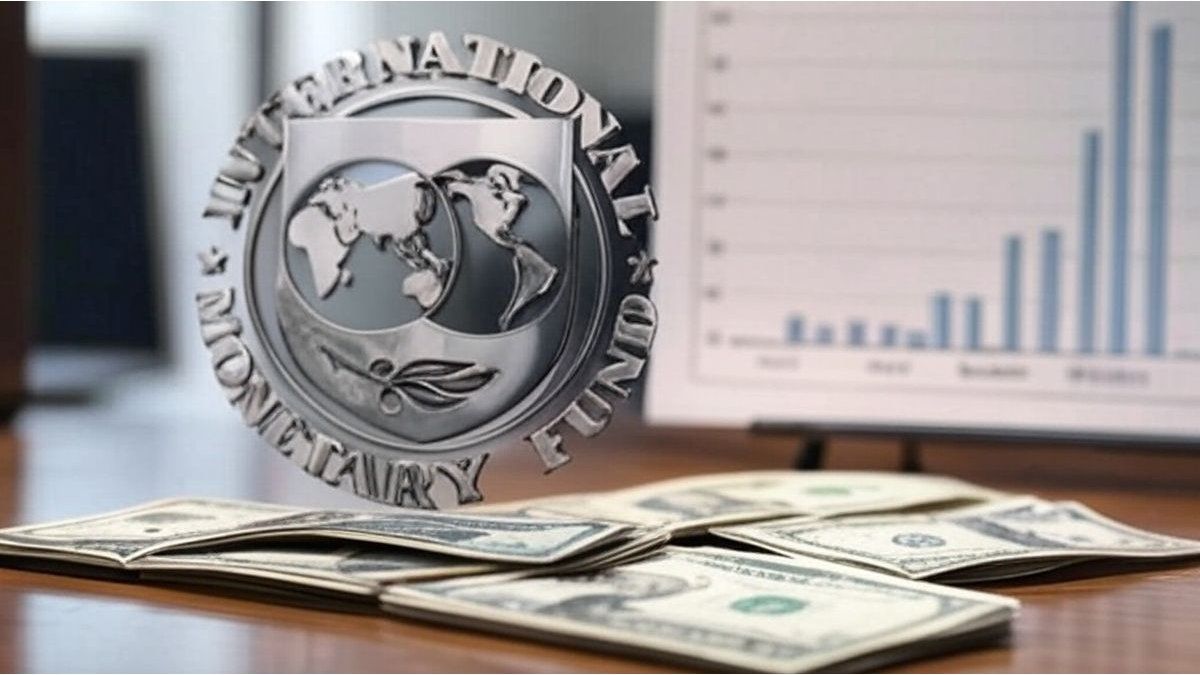I am a 24-year-old writer and journalist who has been working in the news industry for the past two years. I write primarily about market news, so if you’re looking for insights into what’s going on in the stock market or economic indicators, you’ve come to the right place. I also dabble in writing articles on lifestyle trends and pop culture news.
Menu
Dollar and reservations: What does the small print of the agreement with the IMF say
Categories
Most Read
Dollar today: how much did this Thursday, October 2
October 2, 2025
No Comments
Wall Street scored new historical maximums despite the US government closure
October 2, 2025
No Comments
The dollar stopped climbing at the official intervention and the gap dripped 10% with the fall of financial
October 2, 2025
No Comments
Latest Posts

Attack to Jom Kippur: attack on synagogue triggers debate about anti -Semitism
October 3, 2025
No Comments
IvanI have been working in the news industry for over 6 years, first as a reporter and now as an editor. I have covered politics

FIFA presented “Trionda”, the official World Cup 2026
October 3, 2025
No Comments
The FIFA He presented this Thursday THE OFFICIAL BALL OF THE 2026 World Cuptournament that will be played in United States, Mexico and Canada. The

Amazon actions suffer from strong competition in the cloud industry
October 3, 2025
No Comments
October 2, 2025 – 21:55 The AI boom multiplied the demand for cloud infrastructure, a sector where Amazon maintains leadership with about 35% participation. For
24 Hours Worlds is a comprehensive source of instant world current affairs, offering up-to-the-minute coverage of breaking news and events from around the globe. With a team of experienced journalists and experts on hand 24/7.

